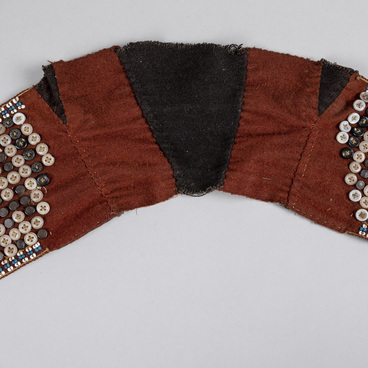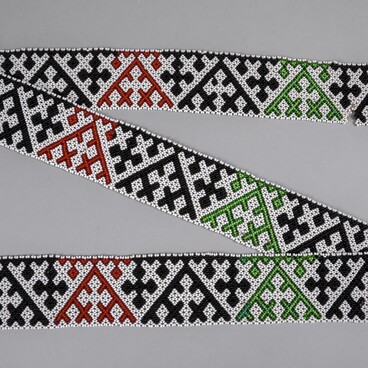Podvoloki are special hunting skis. Children used to learn how to ski on such skis from the age of six or seven.
Podvoloki skis differ from golitsy skis by the presence of kamus glued to the bottom.
Golitsy skis are up to three centimeters thick, wide, have a crude finish and do not feature a camber in the middle. They are fastened to the foot with a system of two bird cherry shackles and a leather loop mounted on two side shackles. The front ends are tapered and have a slight upward curl. The tails are triangular or rounded. Women’s skis are smaller, and children’s skis are very small.
The wooden part of the skis is very thin — up to 1.5–2 centimeters, the ski skins are glued to the bottom — these are made of finely processed and tanned skins from the feet of deer or elk called kamus. In the past, podvoloki skis had otter fur glued to the bottom. The glue was made from fish scales, bone, elk horns and deer skins without pile. The binding of podvoloki skis are similar to those of the golitsy. To prevent the shoes from getting wet, a protective sack made of light fabric was nailed around the bindings. Pine, cedar, spruce and aspen wood were used for making skis.
Podvoloki skis are very light. They slide forward very well. The direction of the pile does not allow one to slide backward.
Both golitsy and podvoloki are wide, so hunters rarely fall into the snow.
In her book “Khanty and Mansi: a View from the 21st Century” Zoya Petrovna Sokolova states:





